 At 7:00 a.m. on May 11, 1941 the largest manhunt in the history of Southern California began. Under the command of San Bernardino Undersheriff, Jim Stocker, over 1000 volunteers were sent out to comb secluded canyons, desert areas and seldom traveled roads for Ray Wells, brother of Alfred Wells. Alfred, the “Hunchback Slayer”, had murdered his sister-in-law Jean and her friend Rose Destree. Jean and Ray’s baby daughter had survived only because of Rose’s courage–the young woman, although mortally wounded–had dragged herself to a nearby road to summon help.
At 7:00 a.m. on May 11, 1941 the largest manhunt in the history of Southern California began. Under the command of San Bernardino Undersheriff, Jim Stocker, over 1000 volunteers were sent out to comb secluded canyons, desert areas and seldom traveled roads for Ray Wells, brother of Alfred Wells. Alfred, the “Hunchback Slayer”, had murdered his sister-in-law Jean and her friend Rose Destree. Jean and Ray’s baby daughter had survived only because of Rose’s courage–the young woman, although mortally wounded–had dragged herself to a nearby road to summon help.
Sheriff Shay of San Bernardino was convinced that Alfred had murdered Ray because he blamed him for helping his half-sister, Violet, escape his unwanted attentions. Alfred’s obsession with her had turned into emotional and sexual abuse and she feared for her life and the lives of their family members. Violet and her parents were hiding out at an unreported location under police guard.
The day after the manhunt had begun E.E. Thompson and O.E. Hawkins of San Bernardino were walking in the Verdemont district when Hawkins asked Thompson: “If you were a killer, where would you hide a body?” Thompson said he would go higher into the hills where the brush was thickest. They went up the hill and walked for about 30 minutes before they encountered the pungent odor of decaying flesh. They found Ray’s body where it had lain baking in the sun for almost four days. He had been shot in the back of the head.

Thompson and Hawkins first smelled, then saw, the body of Ray Wells. Wells had been shot in the back of the head.
While the fugitive was being hunted, an inquest was scheduled for May 13 in San Bernardino. There were three dead: Jean Wells, 24, David Raymond Wells, 24, and Rose Destree, 17. All three had been shot several days before in the foothills near Cajon Pass about 12 miles from San Bernardino. On her deathbed, Rose said that she and Jean had been attacked by Alfred.
Beulah Cline who lived next door to Alfred’s tiny bungalow at 659 Kingman Avenue, testified that she had seen Alfred with Jean, Rose and the baby on the day of the murders. She saw the group leave together at about 6 p.m. Alfred had returned alone a couple of hours later. He had spoken to Beulah saying: “I got to get a coat. I wrapped mine around the baby!” Then he said: “I haven’t got my job done yet, and I don’t want to be disturbed.” At the time Beulah had no idea what Alfred was talking about.
Once the coroner’s jury had heard all of the witnesses they determined that Ray Wells, Jean Wells and Rose Destree had died as the result of a “homicide at the hands of an unknown person.”
While the search for Alfred continued William Stroud, a neighbor of the wanted man, was arrested for selling a firearm to a paroled convict. Alfred had paid for the gun with $1 and a box of groceries. It was also revealed that Alfred was so filled with hate that he had modified the bullets into dum-dums (expanding rounds) believing that by doing so they would be sure to cause death. The little man was no genius. Cutting “X’s” in a bullet to create a dum-dum is difficult. Maybe it is easier when you are filled with rage. Alfred also rubbed the homemade dum-dums in garlic in the belief that even if he didn’t kill his victims out right they would die of poison. Rubbing bullets in garlic is the stuff of legend. Mafia hit men were thought to do it and it sounds scary as hell. The truth is that you’d need more garlic than just a coating and even then it’s highly unlikely that you could deliver a lethal dose that way. Oh well, his pre-rampage ritual probably made him feel empowered.
Alfred was still at large at the end of May, three weeks after the murders. The Los Angeles Times referred to his crimes as a “savage orgy of hate.” It would be difficult to argue with that.
 On June 6 in a hobo jungle in Spokane, Washington, Alfred was busted on a charge of carrying a concealed weapon. He’d been rousted in a routine check of suspicious characters. He tried to deny his identity, claiming to be Alfred H. Blake from Trout Creek, Montana, but given his distinctive appearance his denial was an exercise in futility. He finally copped to being Alfred Wells but he refused to confess to the murders—in fact he said if he had committed the murders then he didn’t recall them. “I don’t remember a thing about any triple killing. I remember leaving my car in Las Vegas and I knew that I would be wanted for car theft and for parole violation. I gave my name as Alfred Blake when picked up by Spokane officers, but I told them later that night I was Alfred Wells and that they would find I was wanted for parole violation They told me I was wanted for three murders. I don’t remember anything about that.” He would later confess.
On June 6 in a hobo jungle in Spokane, Washington, Alfred was busted on a charge of carrying a concealed weapon. He’d been rousted in a routine check of suspicious characters. He tried to deny his identity, claiming to be Alfred H. Blake from Trout Creek, Montana, but given his distinctive appearance his denial was an exercise in futility. He finally copped to being Alfred Wells but he refused to confess to the murders—in fact he said if he had committed the murders then he didn’t recall them. “I don’t remember a thing about any triple killing. I remember leaving my car in Las Vegas and I knew that I would be wanted for car theft and for parole violation. I gave my name as Alfred Blake when picked up by Spokane officers, but I told them later that night I was Alfred Wells and that they would find I was wanted for parole violation They told me I was wanted for three murders. I don’t remember anything about that.” He would later confess.
 Prior to his trial, which began on October 21, 1941, Alfred made an escape attempt using a gun he had carved out of soap. Alfred had probably been inspired by the story that John Dillinger had used a gun carved out of soap (or wood) to escape from jail. Alfred also tried to kill himself twice while in custody. Despite his desperate attempts to avoid trial, Alfred made it to court. His attorney, Theodore G. Krumm, entered pleas of not guilty and not guilty by reason of insanity on behalf of his client. The first witness called was Violet Wells, the object of Alfred’s lust and the alleged motivation for his murderous rampage. According to the Los Angeles Times as Violet began to describe how they “entered their unnatural relationship” Alfred leaped to his feet, raised both fists above his head and screamed, “You dirty __ __ __!” He was subdued by Sheriff’s deputies. They handcuffed him to a belt which was buckled around his waist. A 10 minute recess was called as Alfred continued screaming. “I’ll make her tell the truth! I’ve got something to say. She said she’d do just what she is doing; that she would do anything or say anything or swear anything to put me in the gas chamber.”
Prior to his trial, which began on October 21, 1941, Alfred made an escape attempt using a gun he had carved out of soap. Alfred had probably been inspired by the story that John Dillinger had used a gun carved out of soap (or wood) to escape from jail. Alfred also tried to kill himself twice while in custody. Despite his desperate attempts to avoid trial, Alfred made it to court. His attorney, Theodore G. Krumm, entered pleas of not guilty and not guilty by reason of insanity on behalf of his client. The first witness called was Violet Wells, the object of Alfred’s lust and the alleged motivation for his murderous rampage. According to the Los Angeles Times as Violet began to describe how they “entered their unnatural relationship” Alfred leaped to his feet, raised both fists above his head and screamed, “You dirty __ __ __!” He was subdued by Sheriff’s deputies. They handcuffed him to a belt which was buckled around his waist. A 10 minute recess was called as Alfred continued screaming. “I’ll make her tell the truth! I’ve got something to say. She said she’d do just what she is doing; that she would do anything or say anything or swear anything to put me in the gas chamber.”
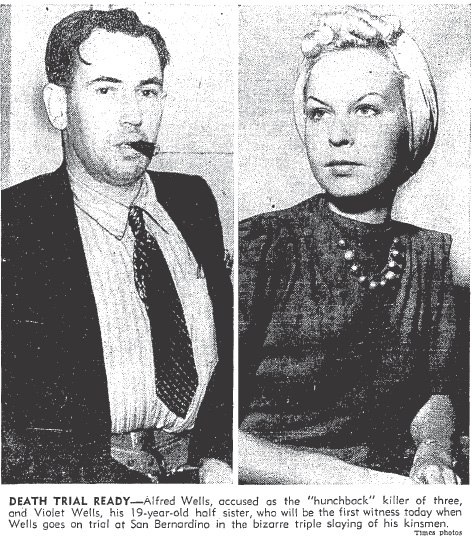 As Violet resumed her sordid testimony, Judge Leonard halted the proceedings. “If there is anyone in the courtroom under 21, he or she will leave at once. Those who do not leave will have their names turned over to the juvenile authorities for investigation.”
As Violet resumed her sordid testimony, Judge Leonard halted the proceedings. “If there is anyone in the courtroom under 21, he or she will leave at once. Those who do not leave will have their names turned over to the juvenile authorities for investigation.”
Violet told of Alfred’s threats to harm her, their family members or himself if she didn’t accede to his demands. “He was always turning on the gas, grabbing a butcher knife and threatening to kill himself or some of the rest of us–or some other damn fool thing…” She said that Alfred had forced her to share his bed. “I wouldn’t have crossed him–I knew better. He wouldn’t have hurt me. He’d hurt somebody else…he hated Jean–there wasn’t anything under the sun he didn’t call her–the same things as he called me.”
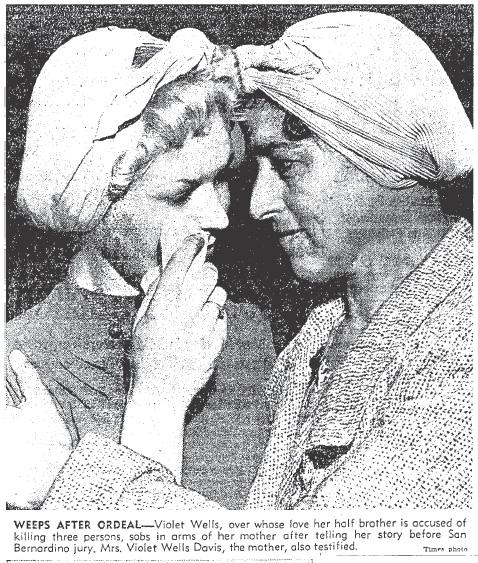 Violet Wells Davis, Alfred’s stepmother, took the stand and testified how the defendant had “always been like a son to me.” She had permitted her daughter to live with Alfred as his housekeeper. When family members realized what was re,ally going on they got Violet out of the house. That’s when Alfred came completely unhinged.
Violet Wells Davis, Alfred’s stepmother, took the stand and testified how the defendant had “always been like a son to me.” She had permitted her daughter to live with Alfred as his housekeeper. When family members realized what was re,ally going on they got Violet out of the house. That’s when Alfred came completely unhinged.
NEXT TIME: Will the jury of five women and seven men convict Alfred?

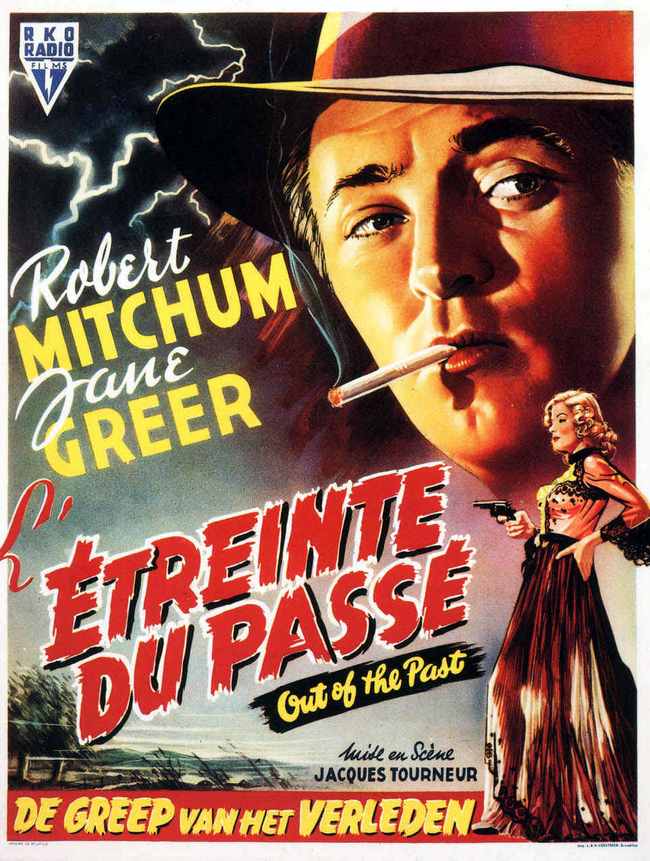

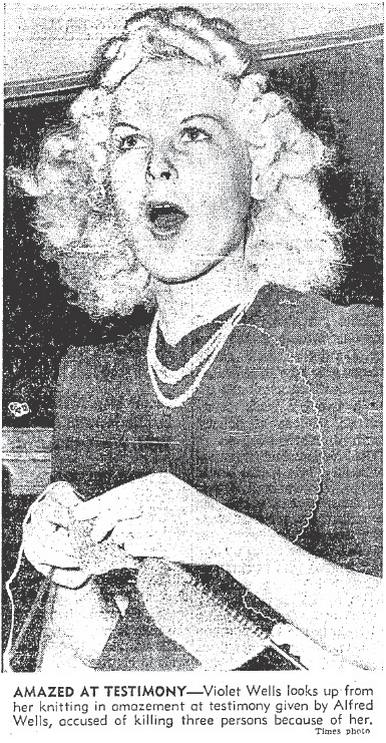

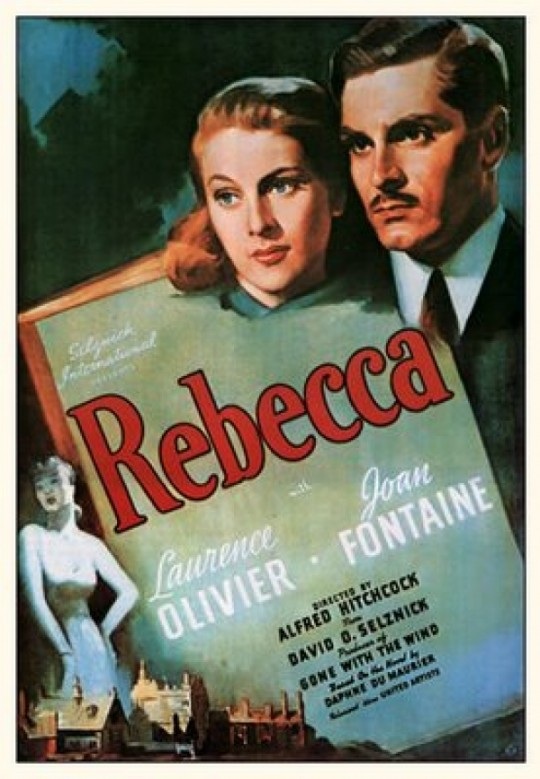






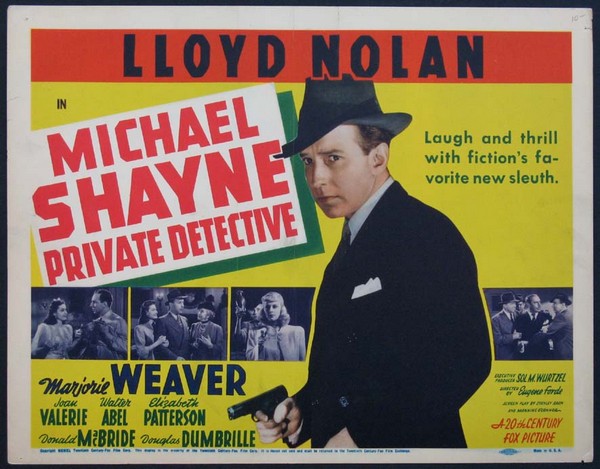
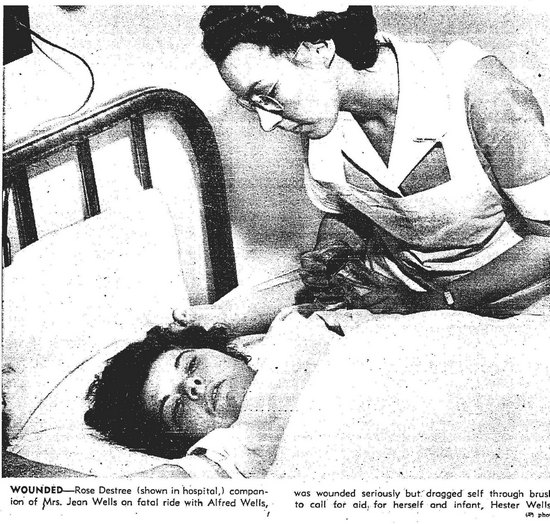
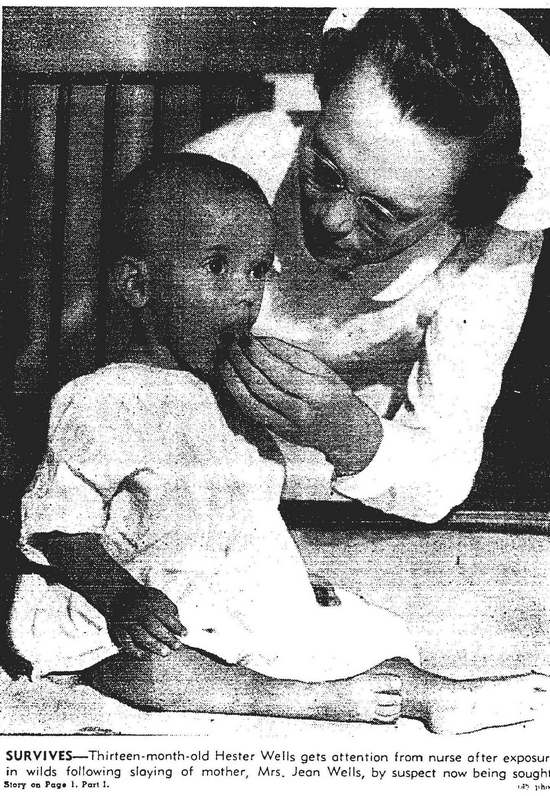
 On the evening of May 9, Special Agents found the 1932 black Ford coupe in a garage in Las Vegas near the Union Pacific route between San Bernardino and Salt Lake City. The agents feared that Ray Wells had met the same fate as his wife.
On the evening of May 9, Special Agents found the 1932 black Ford coupe in a garage in Las Vegas near the Union Pacific route between San Bernardino and Salt Lake City. The agents feared that Ray Wells had met the same fate as his wife.
